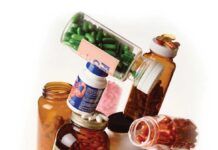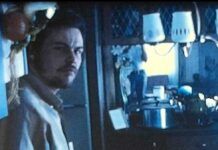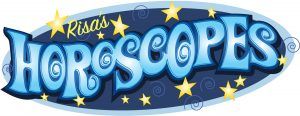National School District students have successfully designed and completed several environmentally driven projects over the past few years with positive ramifications which ripple throughout the community, says BCK Programs Managing Partner Camille Sowinski.
“I work with BCK programs, an environmental education company that integrates sustainability outcomes for school districts. What I think is so cool is in working with these kids since 2018, you can see they kind of changed the school district. They identify issues and then present their findings along with solutions to the school board, and the board has been so receptive to the kids that they’ve made sweeping changes,” Sowinski said.
For example, Sowinski said, schoolchildren made a case for getting rid of straws and then plastic packets which had a spork, napkin and individual condiments inside. As a replacement, they pushed for individual dispenser systems to reduce waste. After looking at student-generated data on waste, the district agreed.
Additionally, she said, NSD students have convinced district decision makers to stick it out with a more environmentally conscious choice even when it might be cheaper to choose a less healthy option.
“The district had moved from Styrofoam to pressed paper lunch trays a few years ago but was considering switching back to the cheaper Styrofoam trays. One little girl said she didn’t think it was a good idea, went home and prepared a written letter on the subject. The operations officer was floored, not just because she did the research on waste and wrote about it but because she said things about transferring carcinogens to food. She was so passionate that she went home and did her own research. Her dedication surprised me at the time but it happens a lot— you get to watch who is going to be so touched by some of these projects that they go home and dig deeper on their own,” Sowinski said.
Although program experts including a wide range of professionals like a credentialed teacher, marine biologist, and master gardener work with kids in a classroom setting, there is typically an ‘at-home’ component to projects that gives kids reasons to connect what they are learning in school with what they observe at home. Ideally, Sowinski said, they connect those concepts and think through how they can affect change from their corner of the world.
“For example, they might go find storm drains in their street and hopefully they connect ‘There’s a storm drain on the corner and my neighborhood has a lot of litter so I need to tell my parents about waste’ and keep trash out of the drains,” Sowinski said, whether that looks like apartment life with a green bin in the complex or an individual home with food scraps that could be mixed into lawn cuttings for organic disposal.
There is also an element of civic engagement embedded in the science lessons, Sowinski said, such as being made aware of local ordinances or state laws so they understand how a small change at their school can be expanded into community advocacy or why a change cannot be implemented.
“You can’t live on this planet without polluting and we use a humongous scale with weights and cards to illustrate things that are good for the earth, and things that aren’t. We live in the real world and we try to promote balance like we ask them: have you ever been in an airplane? Planes create pollution but if you want to travel anywhere you might need to take a plane. We also have them look to the future— I tell them my parents never recycled a thing as kids and now can’t imagine a world without a blue container. The question is ‘Where do you have control?’ and the message is ‘You can be doing your part’ to affect change,” Sowinski said.
Along the way, she said, community partners have also started to “embrace and surround” the kids with programs that combine outdoor education with grade level curriculum such as the Port of San Diego, which funds the watershed program in schools.
“We love working with kids in the National School District and showing them how simple acts, like not littering and picking up trash, make a huge difference in making sure they and their families can enjoy San Diego Bay for years to come,” said Port of San Diego National City Commissioner Sandy Naranjo.
Coastal wildlife outreach group Ocean Connectors is also active in student programs, Sowinski said, and Olivewood Gardens is “doing amazing stuff with kids” along with Mundo Gardens.
“Every 4th-grade student in National School District attends three different field trips to Olivewood Gardens and Learning Center,” Olivewood Gardens representative Angelica Gastelum said, first learning about environmental science and ecosystems, then composting, and finally nutrition.
Now that kids are back in schools they are working on organics recycling including gathering data before they present recommendations to the school board, Sowinski said.
“Currently, there is an adorable batch of first graders at Central Elementary who created a mural made of the tremendous amount of litter they picked up on their campus.
For any project, students won’t even step foot into a presentation room until they’ve measured data like light in classrooms or how many milk cartons are used each day. What happens is the decision makers are impressed by the sophistication the kids bring to the table and they end up listening to them,” Sowinskini said.















